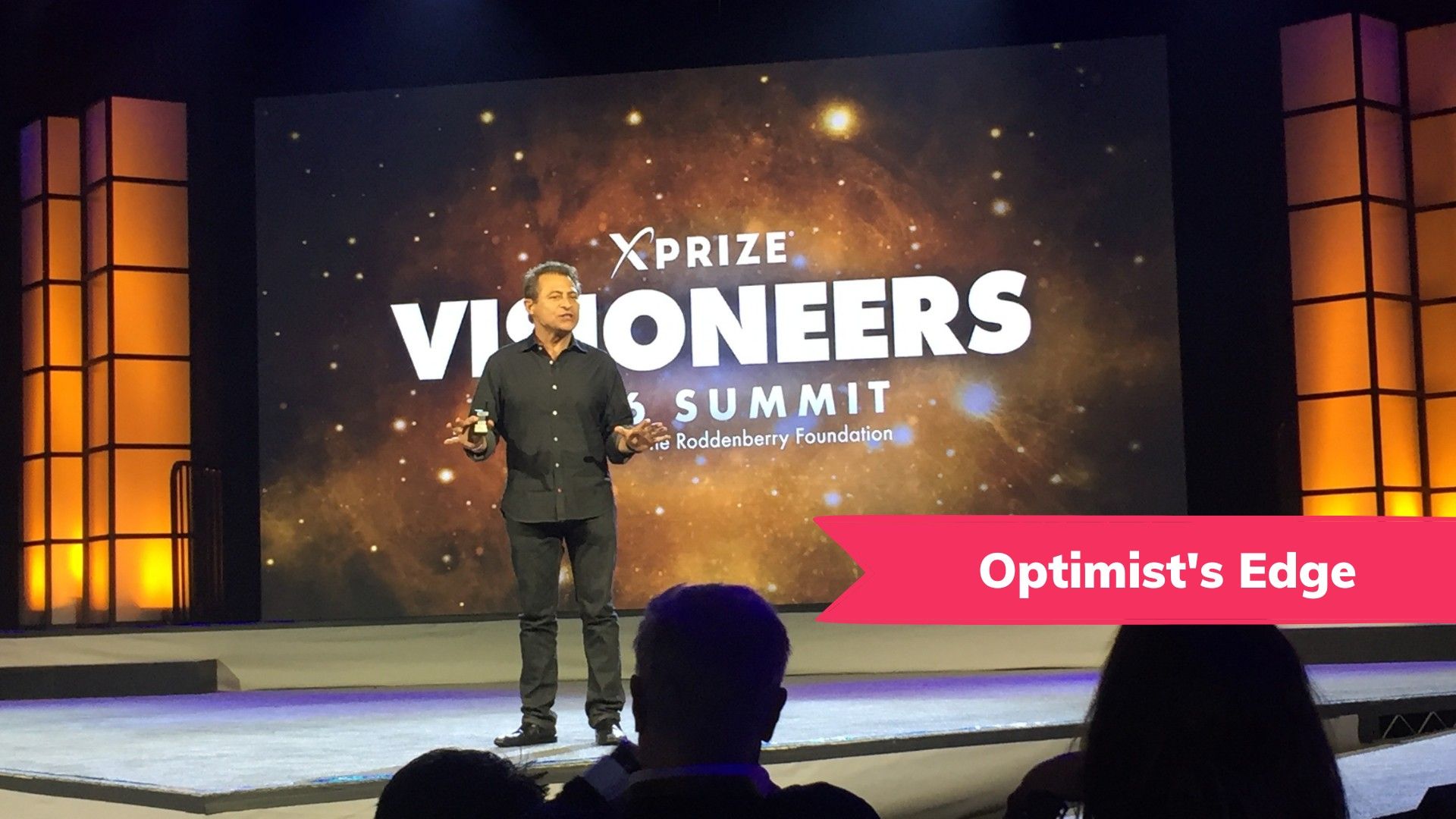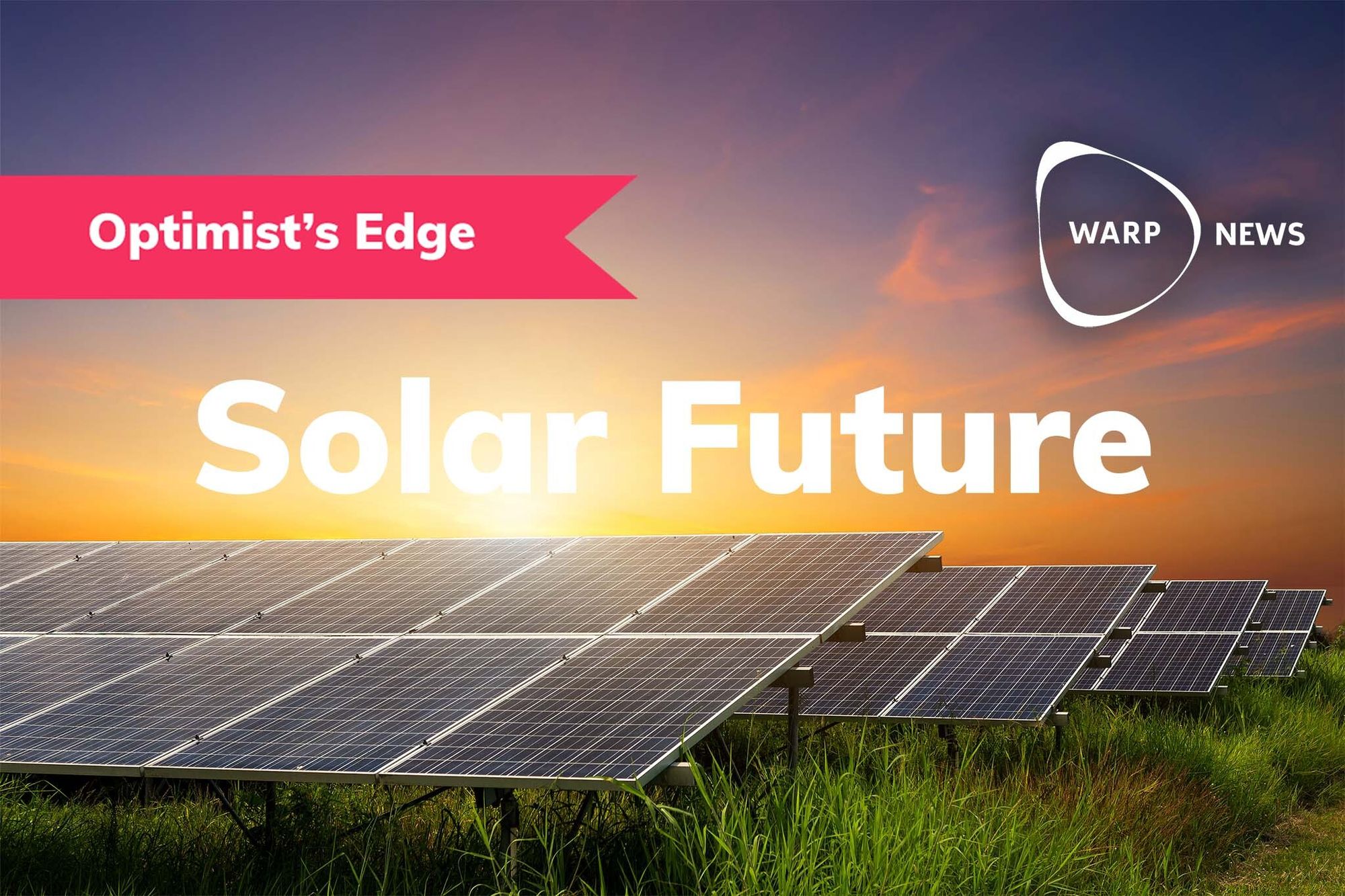
☀️ Sunny future awaits super cheap solar power
Solar energy has proven itself to be an advanced renewable energy source which also functions great combined with other methods. Yet the reception has not been as positive as it deserves. Vincent Roose will help you make the most out of this bright energy's potential.
Share this story!
Summary
📉 What people think
Despite a significant drop in costs and its generalization among the population, many people continue to believe that solar energy is expensive and that it also becomes even more expensive with time.
📈 Here are the facts
Throughout the last decade, costs have decreased. But not just a little bit. Depending on calculations, the numbers vary from 70 to 90 percent in drop, just in ten years. And the expectation is that this decrease will continue with technological development.
💡 Optimist's Edge
There are numerous advantages in choosing solar panels to supply a home with energy.
It guarantees a certain control over price and consumption. It ensures the production of low-carbon energy, which is an essential element with the present climate crisis.
It also becomes clear that more and more homes or spots could host solar panels and still be efficient. Hence, this option will not be limited to certain areas but available to a lot more people.
Furthermore, solar energy is one of the most advanced renewable energy sources that can be mixed with other methods, such as windmills.
👇 How to get the Optimist’s Edge
The solution to get the edge is rather simple. It is definitely time for you to install or own a solar installation. The technology is efficient and cheaper and will be beneficial sooner than later.
And if you wish to have a bigger impact, there are tons of companies and projects for development that you can invest in!
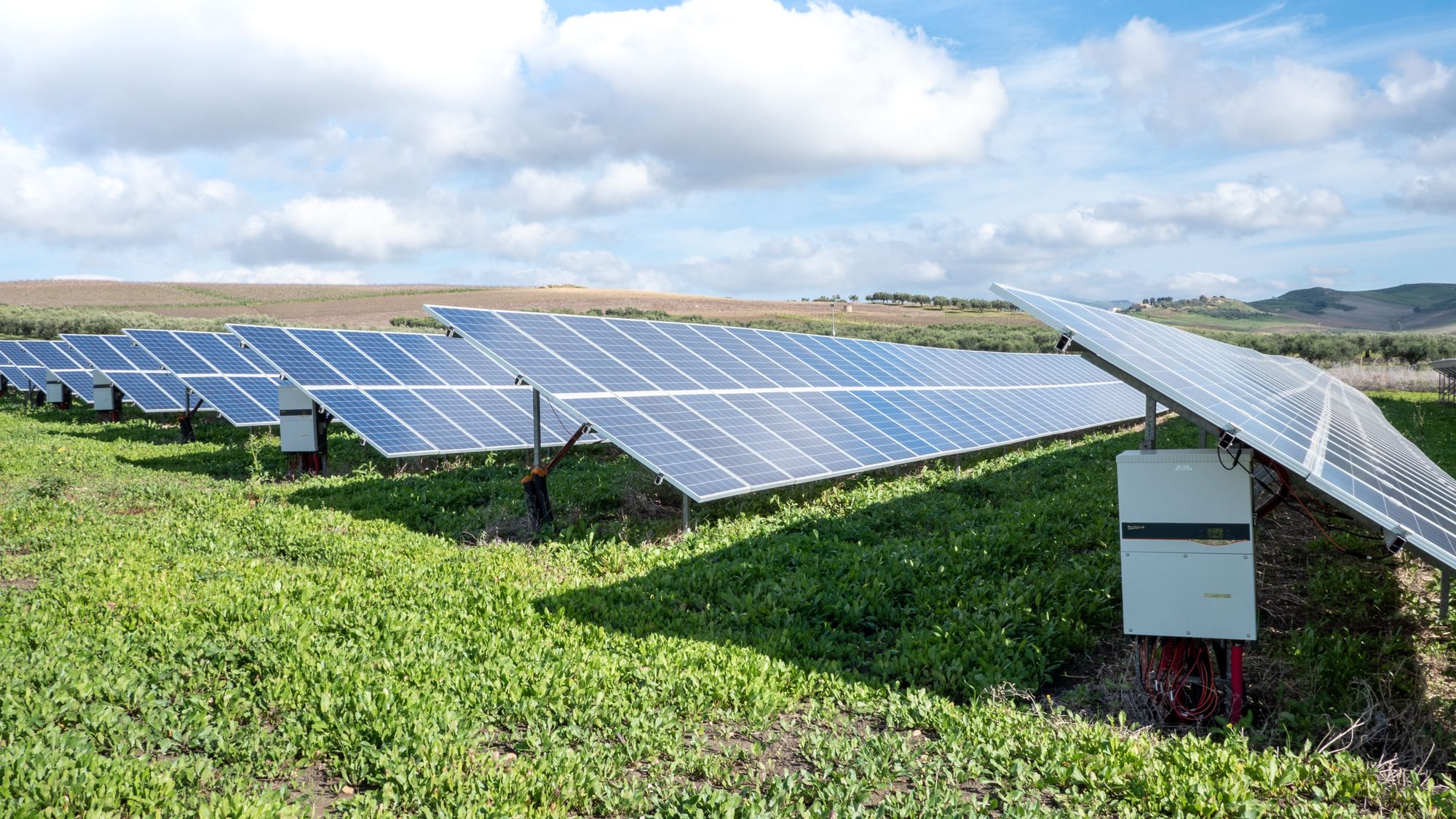
📉 What people think
Solar panels have become a regular element of cities and landscapes. They are a good and efficient alternative to produce low-carbon electricity. In the US it is estimated that around four percent of homes are equipped with solar panels. In the EU, numbers are not spectacular either: about 20 percent of the energy consumed is produced by renewable sources, and from that portion, only 10 percent originates from solar panels. That is clearly not enough.
However, many people are still misled when it comes to considering the costs arising from installations. Indeed when asked about the evolution of solar power costs, an important part of respondents have a misconception, whereas the truth is sometimes the exact opposite.
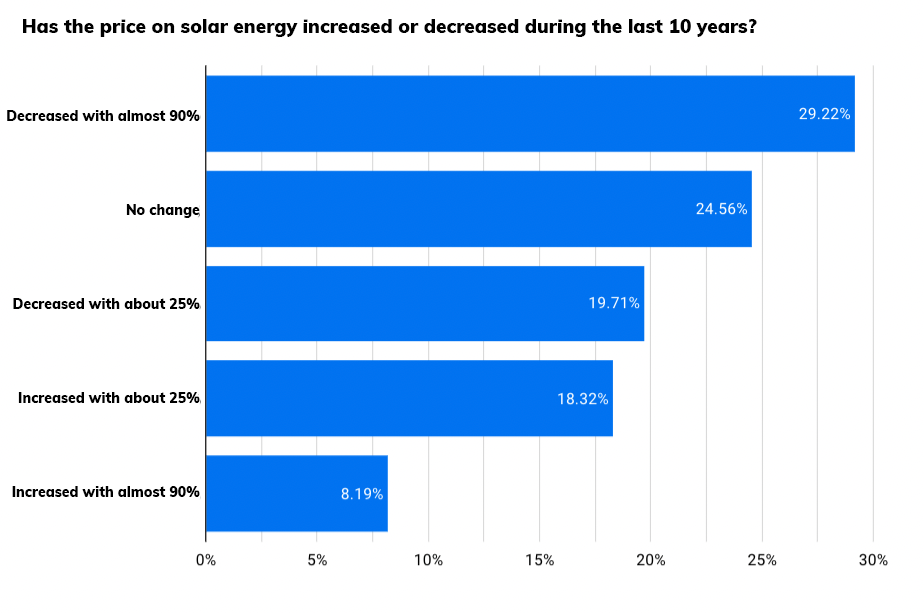
24,6 percent of people believe prices have remained stable over the last 10 years. And around 26,5 percent think they have increased over that period of time. This means that half of the respondents display a pessimistic view of solar energy.
Definitely, information fails to reach the public and can make people reluctant when choosing energy sources.
📈 Here are the facts
Across the last decade, the costs of solar power have massively dropped. Depending on sources, the reduction goes from around 70 percent to 90 percent. That comes in clear contradiction with general opinion.
According to Our World in Data, the explanation for such a rapid drop is due to the context of the renewable technology industry. It follows a learning curve meaning that each discovery and development implies important progress in terms of efficiency. Whereas fossil fuels have (nearly) reached the limit of energy or cost-efficiency, renewable energies still have a clear horizon ahead and are greatly benefiting from their context of constant and exponential progress.

A late great example is the discovery made this year in Australia. Queensland University of Technology researchers have managed to create carbon dots from human hair waste. They should enable to build Perovskite solar cells. This recent technology is expected to deliver low-cost, highly efficient solar electricity, and if the raw material of Perovskites cells is hair, the cost will decrease further.
💡 The Optimist's Edge
Taking these facts into consideration, the expansion of solar energy across the world shall give consumers many advantages:
- Firstly, they will have greater control over their electricity. If you own your own source of energy, you become less dependant on public networks and installations. That cost disappears from your charges, and only the maintenance remains on your hands.
- Secondly, and that is perhaps the best reason for solar energy, they will produce and use energy with a very low carbon footprint. With governments across the globe raising their targets to nurture the environment, this is a non-negligible aspect.
- Thirdly, new facades can build with solar cells. And since the costs are set to remain equivalent compared to traditional materials, people will actually be making a profit. And in that line, installing solar panels shall as well increase the value of a house.
- Finally, lands and houses that were deemed impractical for solar energy will turn more and more attractive due to the progress of technology. There will remain areas where other renewable energy sources will be more fitting, but solar panels will be applicable even more than it is today. Prizes might even go so low that all roofs will be interesting to generate power.
Overall, solar is starting to be integrated into everything, from headphones to car roofs and windows. Significant research and progress are also made on storage capacity.
The sun is expected to shine for another four billion years. The amount of energy available that the sun represents seems rather unlimited on a human scale. And even if solar energy is not the only answer to replace fossil fuels, it completes the set of solutions alongside wind power, wave power, or hydroelectric stations. The door is not closed to other opportunities.
In addition, we have mainly spoken here about opportunities for private homes. But these facts apply to companies who are looking for ways to supply their offices in energy. And of course, as the multiple public and gigantic projects around the world show, countries will also take their share in producing electricity for those who do not have the means for such renovation.

👇 How to get the Optimist’s Edge
There are several ways to get the edge.
One is to install solar panels. On the mid to long term, choosing to install a set of solar panels will be beneficial. Your electricity will be cheaper, and in 6 to 10 years, your investment will be covered, and from there on, your energy will be practically free of charge.
The organization SolarPower Europe provides and publishes great resources on the facts and prospects of solar energy. Depending on the region of residency, to find localized information, citizens can turn to their Ministry of Energy or Ministry of Environment (name will vary per country), which are managing the energetic transitions. The work in cooperation with the European Environment Agency (EEA). Hence they will gather accurate and context-specific information.
Another way to benefit from the future of solar energy is to invest. There are thousands of companies working on the installation. You can choose to support one of them. Or else, you can choose to support projects for further developments of solar energy.
Again, SolarPower Europe is greatly centralized and makes an interesting first stage before orienting to more specific projects and companies. Due to the nature of this field of activity, i . e the learning curve phenomenon, the prospects of solar energy will keep on developing positively as progress is made.
Especially when considering the fact that some regions of Europe are way behind others. Indeed, countries like Finland or Austria have massively increased the share of energy produced by solar panels, whereas others, like Belgium, Malta, or Luxembourg, present a slower development. The demand there will increase, this is where the potential appears the highest.
As both regions and even buildings that earlier have not been suitable for solar energy production are introduced new possibilities open up. The integration into a broader spectrum of objects such as headphones and car roofs generates is just the beginning of this development.
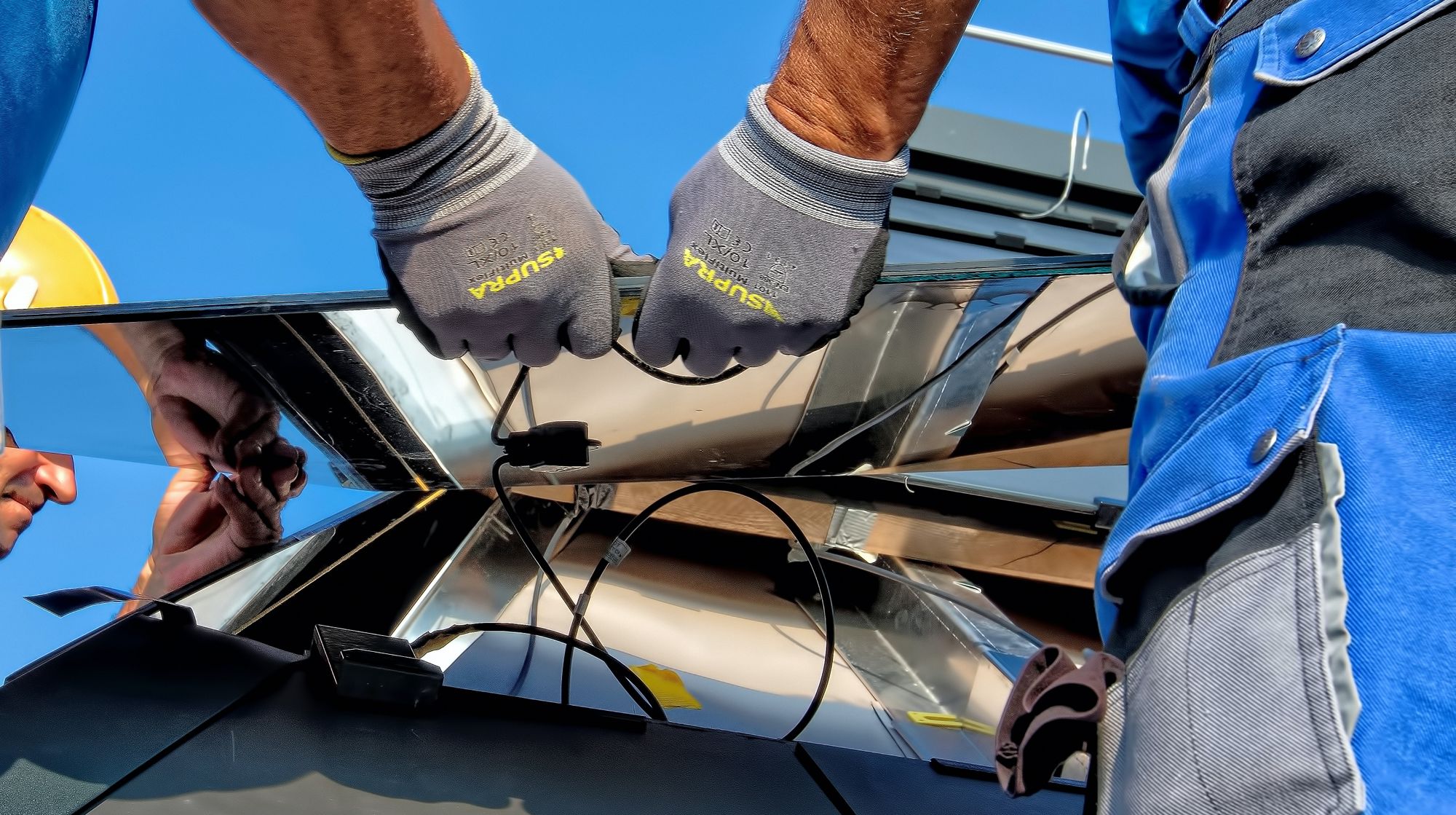
More entrepreneurs and innovators in this field will be in demand. Get ahead career wise by choosing a line of work which will be attractive for the years to come. Perhaps you are the next engineer to prospect in this area? Or consultant?
Accordning to Bureau of Labor Statistics, BLS, solar PV installer jobs could grow by 51 percent in the next ten years which is faster than average for other jobs.
Career site Indeed lists eleven careers in the expanding industry.
Solar energy is getting cheaper, its industry is booming, and it will do so either with or without you. It's up to you to jump on the train!
❓ What else can you do?
Feel free to share more ideas with other Premium Supporters in our Facebook group.
By becoming a premium supporter, you help in the creation and sharing of fact-based optimistic news all over the world.


